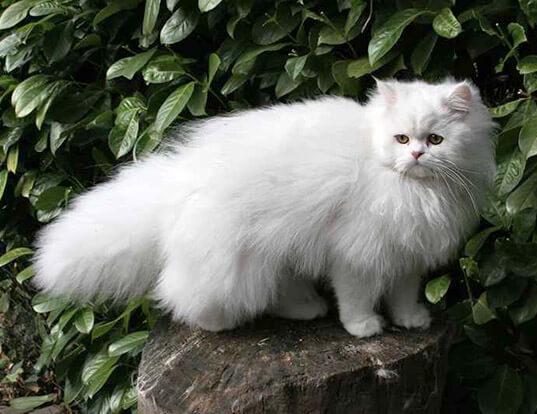Persian Cats

Persian Cat Grooming Needs
Dr. Siracusa claims that he would certainly invest upwards of an hour everyday brushing on his Persian cats. "Persian undercoats tend to knot very easily, so you have to be sure that the knots don't turn into mats, which can be painful and need to be removed."."
There are great deals of brushes offered for cats, however Persian cat proprietors need to seek one that has the ability to make it through their cat's lengthy hair. A double-sided brush, like the JW pet double-sided feline brush, has 2 choices if you're uncertain which one will certainly function best for your persian.
Blass added that maintaining a Persians' fur isn't just all about daily brushing. "Since Persians' layers are very long, often-times their waste gets stuck when they use the can," Blass describes. "Because of this, they can become truly picky in regards to their litter box and also might begin to get rid of "poop" in various other areas."
Blass states that some Persian proprietors obtain their Persian cats' tummies and also back legs shaved. It is advised to have a specialist groomer trim or cut your Persian's fur as opposed to doing it on your own.
Top 10 illnesses associated with persian cats
- Eye conditions—Persian cats can be prone to something known as cherry eye, and an issue called entropion where the eyelashes start pointing inward as they grow.
- Weight loss
- Vomiting
- Lameness
- Tummy problems
- Respiratory issues—the shape of their nose can constrict their breathing.
- Upper respiratory infection
- Growth/Cancer
- Lack of appetite
- Pancreatitis
Coat Type
Length: Long
Characteristics: Silky
Colors: Red, Cream, White, Black, Chocolate, Lilac, Blue, Silver, Cameo, Tortoiseshell, Golden, Blue-cream, Brown, Calico, Seal
Pattern: Bicolor, Solid Color,Tortoiseshell, Tricolor/Calico, Shaded, Smoke, Tabby, Points
Less Allergenic: No
Overall Grooming Needs: High
History:
The Persian is an ancient type of feline and, as with any other ancient types, its history is a bit cloudy. In the 17th century, someone known as Pietro della Valle brought a feline from Persia to Italy to add it to the reproduction program. This feline might well have actually been a feline understood in Persia as the Sand Cat, this is a feline who lived in the desert.
These felines came from Turkey. Turkey is also home to the feline known as the Turkish angora, another type of longhaired feline. The descendants of these Turkish felines were made to breed with some of the felines from Italy in the 19th century, and that was the start of the Persians that we have come to know today.
The appeal of the Persian was boosted when Queen Victoria and many other royals fell in love with them. They were introduced to the United States around the end of the 19th century. They gained popularity very quickly.
ConclusionPersian cats make or great pets. However, these cats require more grooming than other cats and each owner should know this before getting one. If you are up to the task, then i would say go ahead and get one. They are fun.

